Where we would usually have had to pay for a ticket and watch our favorite movies with dozens of strangers, some of which can be pretty noisy, now we had an opportunity to enjoy a similar experience in the comfort of our homes.
I’ve noticed that short-throw projectors are rapidly growing in popularity, and there are plenty of reasons why that is so. Many emerging brands now offer good-quality projectors at an approachable price, and people are slowly becoming familiar with this technology.
However, I have a feeling that many people still don’t know how short throw projectors work. By understanding this device, you will have a clearer idea of how to avoid common mistakes while using it, be more efficient with maintenance, and most importantly, have the knowledge required to make an educated buying decision.
With that in mind, I’ve decided to create an article and explain how short-throw projectors work, so let’s start from the top.
What is a Projector?
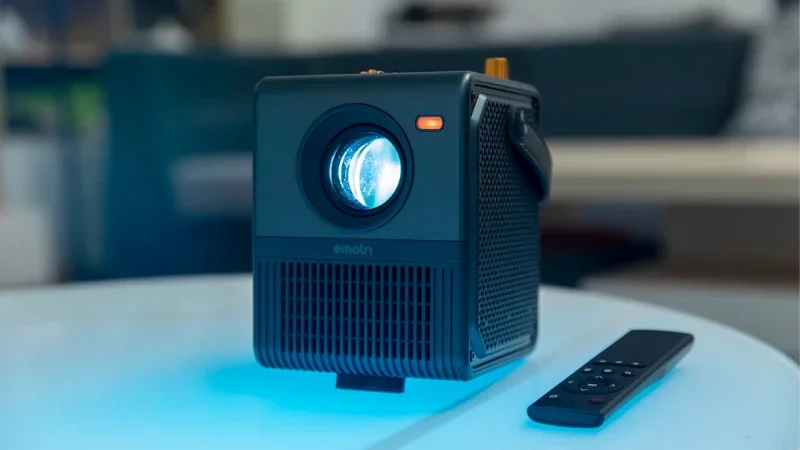
Basics first. If we don’t know what a projector is, there’s little merit to diving deeper into its short-throw counterparts.
A projector is an optical output device that features a combination of lenses, processor chips, and advanced color wheels. These features enable the projector to absorb light and ultimately transform it into a series of moving pictures.
A Short Course in the History of Projectors
The first consumer-grade projector is more than a century old. It was invented and developed by Charles F. Jenkins, who was inspired to create a more portable, cheaper alternative to the Kinetograph – an invention made by Thomas Edison that is, according to some, considered the first modern projector. However, the history of projection technology dates much further back.
Magic Mirrors
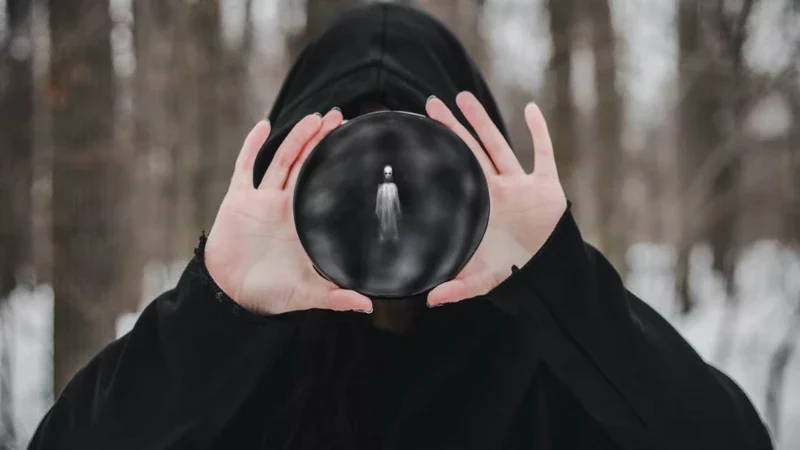
Two millennia ago, it was the Ancient Chinese metalworkers that created a unique bronze mirror that allowed light to penetrate through.
Often referred to as the Chinese magic mirror, this is believed to be the first light projector in recorded history. Some sources believe that the invention of the magic mirror dates back to 2,900 BC, but its mass production began around 200 BC.
Ancient Chinese people would use magic mirrors in theaters to cast shadows over puppets and hand signs. This form of ‘shadow play’ was groundbreaking at the time, although more traditional forms of entertainment were more popular (fire dancing, singing traditional songs, etc.).
Over the course of the next millennia, Chinese inventors would refine magic mirrors and work on a broad range of similar inventions, including the famous revolving lanterns (otherwise known as the trotting horse lamps).
Helioscope
Although numerous advancements were made in projection technology before the helioscope was invented, it was in 1612 that none other than the pupil of the famed Galileo Galilei invented a device that could project images through a mechanical telescope.
This invention was sparked by the passion for sun spotting and studying of its inventor, and it was a much more sophisticated solar projection device, casting a long shadow over similar contraptions invented in the previous centuries.
The Magic Lantern
Christiaan Huygens, a Dutch scientist and inventor, had created something that would serve as an inspiration for the modern-day projector in 1659 – a contraption called the magic lantern.
Leaflets and marketing posters described the magic lantern shows as a contraption with a ‘dissolving view apparatus, slides, and effects of the highest class.’ Needless to say, this quantum leap in projection technology had earned Christiaan a series of medals for optical and mechanical excellence.
It was the magic lantern that introduced mechanical gears within slides, allowing the device to shoot more colorful rays of light. The magic lantern was developed and invented merely a couple of decades after the helioscope, and it was quickly established as the superior, unparalleled form of projection technology.
Panopticon
The first modern-day movie projector was developed by Woodville Latham and was presented to the American public in the spring of 1895. This projector had reshaped the landscape of projecting technology, rendering both kinetoscopes and kinetographs obscure.
The aforementioned projectors were essentially too small to cast moving pictures for several people to enjoy at a time; a person would have to assume a specific position and watch the movie individually. Panopticon changed that, allowing larger audiences to enjoy moving pictures at the same time.
This projector served as an inspiration to inventors across the globe to develop their own variations, which led to the birth of the acclaimed Cinematographe by the Lumiere brothers later that same year.
Edison would catch wind of an inventor that had created a similar device, which was surprisingly far superior to the original Panopticon, and he eventually bought IP rights to it and marketed the device as Vitascope.
Modern-day Cinema Projector
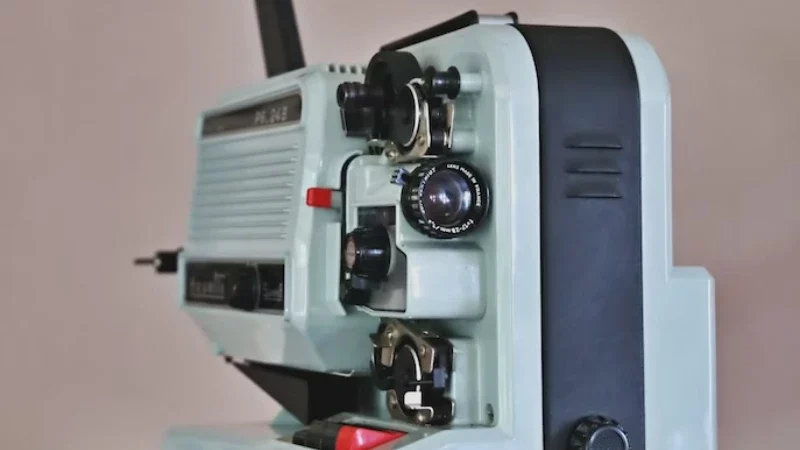
Fast-forward to the 2000s, movie projectors designed in recent years and decades are drastically different from their older siblings. Utilizing advanced shutters, light sources, reflectors, film gates, apertures, and lenses, they are capable of casting massive images and clips on big cinema canvases.
However, there were quite a few flaws in these projectors. Their cast range was too far, which resulted in heavy glare and issues with shadows. Aside from that, they were also massive in size and too expensive for the average person to afford. That’s when short-throw projectors came to the scene.
With a dramatically reduced cast range and size, as well as a far shallower price tag, the short-throw projectors allowed cinephiles to arrange a true cinema-like movie-watching experience at home.
Basics of Short Throw Projector Technology
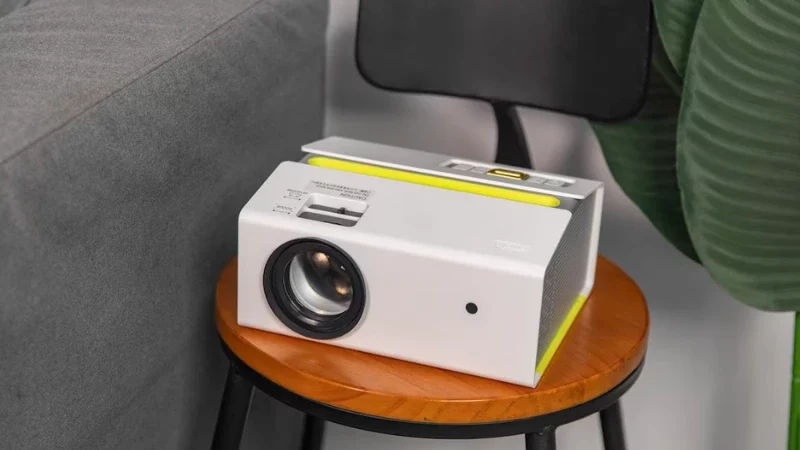
One of the first things that separate short-throw projectors from their bigger, older cousins is the throw ratio. Essentially, this ratio explains the relationship between projection distances and the width of the screen the light is cast on.
Short- and ultra-short-throw projectors have low and ultra-low throw ratios. They’re meant to be positioned very near the projection screen (or a wall), as their reach was purposefully designed to be minimal, so as to provide top-quality video quality and reduce glare.
Another important difference between standard and short-throw projectors is the type of lens that is used. Short and ultra-short-throw projectors require a robust, powerful lens with a wide FOV so that they can cast the image from a range that typically measures just a couple of inches.
Light-Focusing Element
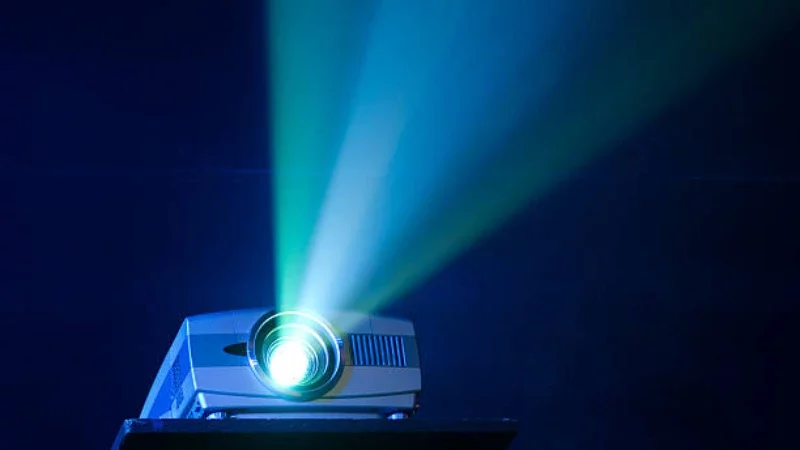
Modern-day projectors focus a beam of light, which is later reflected in several mirrors. Some of these mirrors are called ‘dichroic mirrors’, after dichroic glass – this is essentially a type of glass that is best suited for reflecting different kinds of colors based on different lighting conditions. The non-dichroic mirrors are basically used to make the light beam stronger.
What’s interesting about newer projectors, especially short and ultra-short throw ones, is that they feature mirrors layered with a special kind of coating, which allows them to reflect a narrow palette of colors (one wavelength, more specifically speaking).
Mirror Reflection
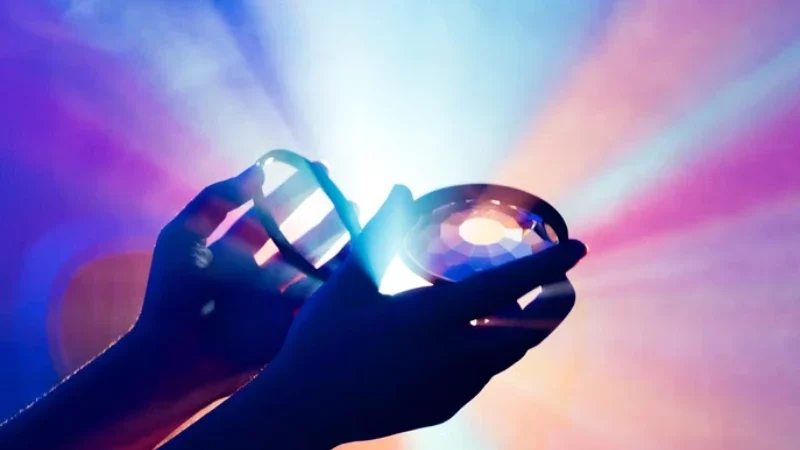
The way projectors reflect light is quite simple. The mirrors are positioned in such a way that they can bounce light off at different angles; there are many dichroic mirrors representing the three main colors (red, blue, and yellow), and at certain angles, two beams can run in parallel, resulting in mixed colors (blue and yellow give green, red and blue give purple, and so on).
The prisms are used to focus light coming from dichroic mirrors and channel it through the lens. This way, we receive a full spectrum of colors on our screens.
Now, what separates ultra-short-throw projectors from long and standard-range ones is that these light beams can reach the screen much faster, meaning that the colors are far more accurate.
Short and Ultra Short Throw Projector –What's the Difference?
In my research of projection technology as a whole, I needed to search far and wide for an author that could pinpoint the exact differences between a short throw and an ultra-short throw projector. Most writers did an amazing job differentiating between long, standard, and short-throw projectors, though.
After a bit of digging, I found a couple of interesting differences by scouring dozens of scholarly articles, patents of different models, and explanation videos. By combining these resources, I’ve discovered that the main differences between ST and UST projectors are:
Throw Distance & Positioning
Let me circle back to the throw ratio in order to best describe the main differences between ST and UST projectors.
Basically, the standard throw rate is between 2.5:1 and 1.2:1. This means that a 100-inch image can be ‘thrown’ from 5.5 meters in the first case, and 2.64 meters in the latter case. This is a standard for home entertainment systems that can be positioned pretty much anywhere in the room, or even used outside.
The long throw ratio is everything above the standard. All cinema projectors fall under this category and require a massive space in terms of the casting screen and positioning.
The short-throw ratio is between 1.2:1 and 0.35:1, meaning that a 100-inch image can be cast between the range of 2.64 meters and 0.77 meters. This further means that the projector is supposed to be either right next to you or barely a few feet away from the casting screen.
UST range is everything below 0.77 meters. This may not sound like too big of a difference, but it essentially means that UST projectors need to be right in front of the screen. Sadly, they can’t be mounted on a ceiling and need to sit on a perfectly flat countertop surface because they shoot images upwards.
Connectivity
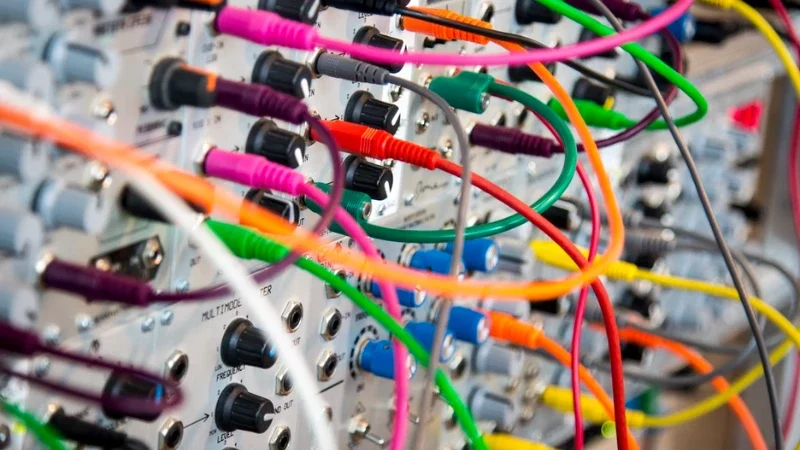
In my research, I’ve discovered that both standard and long-throw projectors could feature the same connectivity options as ST and UST projectors.
However, this implies that dozens of remarkably long cables need to be used, which is simply not convenient for practical purposes. That’s why standard and long-throw projectors are fed with CDs, DVDs, blu-rays, or media from USBs.
In the case of short-throw projectors, they’re mainly connected with VGA cables to the TV, although there are quite a few models with USB connectivity.
Ultra-short throw projectors aren’t too different from their ST counterparts in this field other than the fact that they offer the most versatile connectivity options. From USB, to VGA and RCA, to HDMI cables, you can use pretty much anything to hook them up to your media devices. It ultimately boils down to the types of connectors the manufacturer wanted to implement, though.
Intended Use

Long-throw projectors are used in cinemas and during festivals for the most part. I could imagine a situation where a big company would use it for a marketing stunt, but that’s not what they are generally used for.
Standard-throw projectors are a bit different; they are normally used for conferencing, and school presentations, but they are also flexible enough to be used for movie watching.
Short-throw projectors and UST projectors are generally used for the same purposes – enjoying movies, TV shows, and gaming. The only small difference that I’ve managed to discover is that ultra-short-throw projectors aren’t as convenient for gamers, because their inflexible placement options prevent PC gamers from effectively using them. As for platform gamers, they’re as great as any other.
Tips for Getting the Most out of Your UST Projector
I’d like to give you a couple of useful tips before we wrap things up, as using an ultra-short throw projector can be a bit of a hassle for beginners:
- Ultra-short-throw projectors are great for console gaming but highly impractical for PC gaming. Consider short-throw projectors instead in that case.
- UST projectors are ideal for presentations if you can place them on a piece of furniture right next to the presentation screen. The people attending the presentation will appreciate the vividity of colors and details.
- All projectors are a bit noisy, but if you notice that your model’s fans are noisier than usual, take the projector in for repairs as soon as possible.
- Don’t cast media on a blank wall if it has bumps and dents. Getting a wide canvas shouldn’t be too expensive.
Conclusion
Photo Credit: Unsplash


